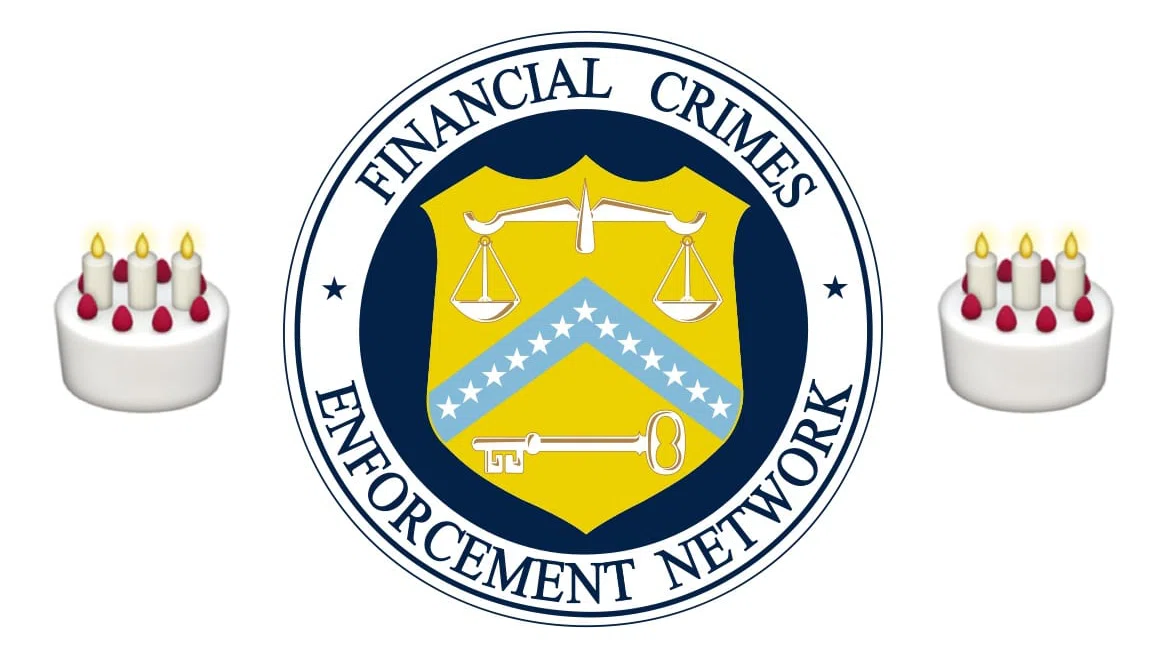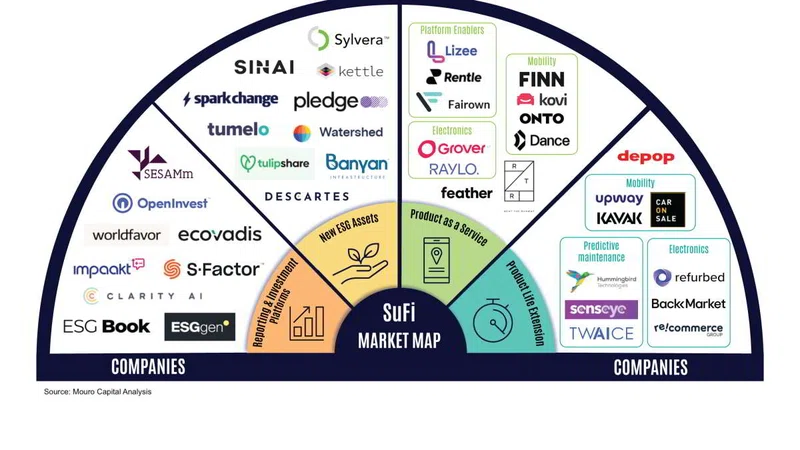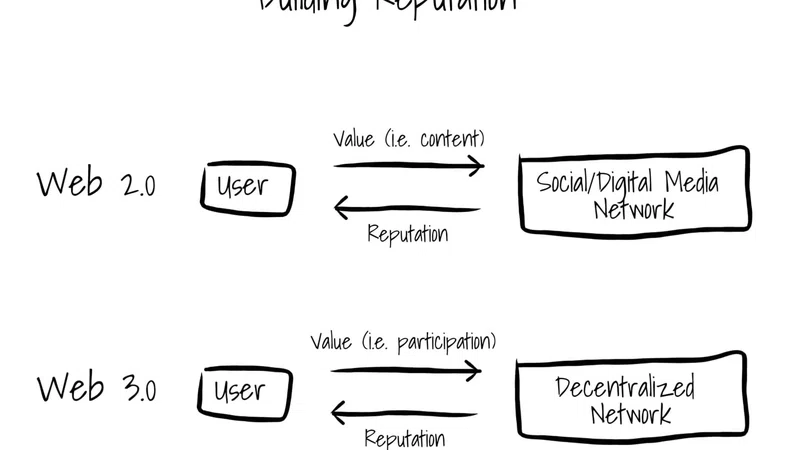Dear FinCEN,
Happy Birthday!! On this day 32 years ago, you were born via Treasury Order Number 105–08 with the mission of providing a government-wide network to support the detection, investigation, and prosecution of money laundering and other financial crimes. Since then, you have grown to become a key player in the fight against financial crime and corruption in the US.
On January 1, 2002 you published the Suspicious Activity Reporting (“SAR”) Rule for Money Services Businesses (“MSBs”). This Rule requires MSBs to file reports to you on transactions suspected to be associated with illegal activity. The SAR threshold you set back then was $2k; any suspicious transaction or set of transactions totaling $2k or more would require a filing. Anything under $2k would not have to be reported. After all, you have bigger fish to fry.
Back then, the median cost for a house in the US was about $120k (adjusted up for inflation) and the average cost for gas was $1.50. The inflation rate (CPI for all items) was 1.6%. Today, inflation is on the rise and currently sits at around 8.54% — more than five times what it was in 2002. However, the $2k SAR threshold set more than two decades ago has not changed. MSBs are still required to file SARs on transactions involving significantly less value today than they did in 2002; this creates more noise than signal for both you and the financial institutions that report to you.
The Currency Transaction Report (“CTR”) requirement — initiated by the Bank Secrecy Act (“BSA”) in 1972 — requires financial institutions to verify the identity of anyone attempting a transaction of $10k or more. This rule is serious business; individuals attempting to avoid a CTR by breaking up currency transactions into multiple smaller amounts can be charged with structuring — a federal crime carrying up to 10 years in prison and a fine of $500k. In fact, more than 20% of all SAR filings by MSBs between January 1, 2014 and December 31, 2021 were for suspected structuring. Yet the $10k reporting threshold hasn’t changed since 1972, when $10k could buy more than half a house in the US.
I would be surprised if you cared what Elon Musk had to say on the matter, but he recently offered some insight worth mentioning:
“Rules and Regulations are immortal… the vast majority of rules and regulations live forever. And so if more rules and regulations are applied every year and they just keep growing and growing, eventually [they] harden the arteries of civilization.”
Rules and Regulations like the BSA and their enforcement agencies are essential weapons in the fight against financial crime. But the boundaries of these regulations should reflect modern times; the SAR and CTR thresholds should be consistent with today’s dollars. Otherwise, antiquated thresholds create noise in compliance programs (specifically with Transaction Monitoring) which make it more difficult for financial institutions to focus on the signal of financial crime. Worse, it has the downstream impact of flooding you with a larger volume of low-value SARs, making it more difficult to prioritize and properly allocate resources on the important matters.
You are the beating heart of financial crime prevention, and financial institutions are the arteries that provide the flow of information which gives you life. However, those arteries are getting clogged with decades-old filing thresholds and are starting to harden with increasingly lower-value filings. As you grow yet another year older, please consider a visit to your cardiologist.
With Love & Respect,
~DR
P.S. The views expressed in this letter are my own and do not reflect the views of my Employer.













